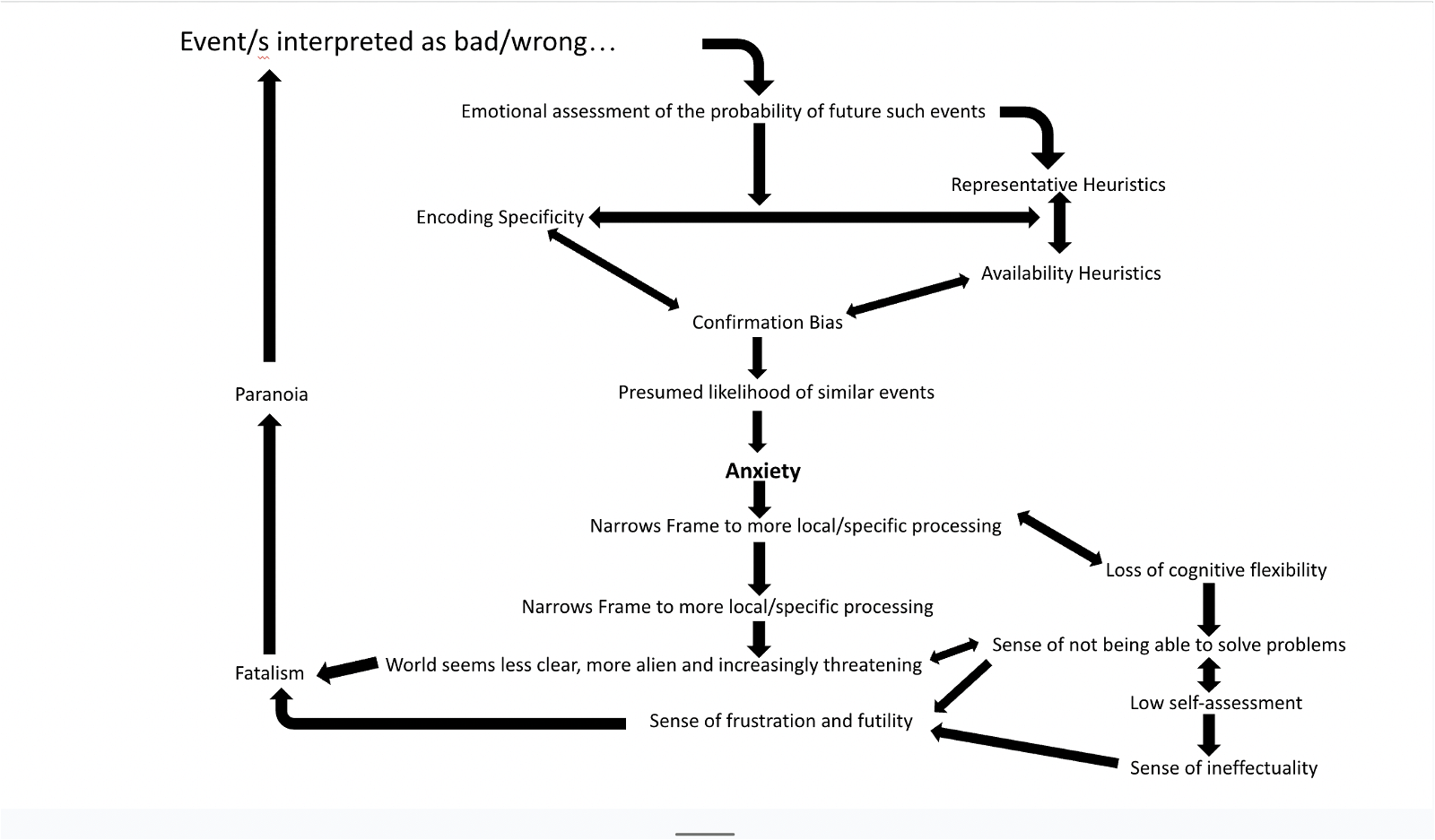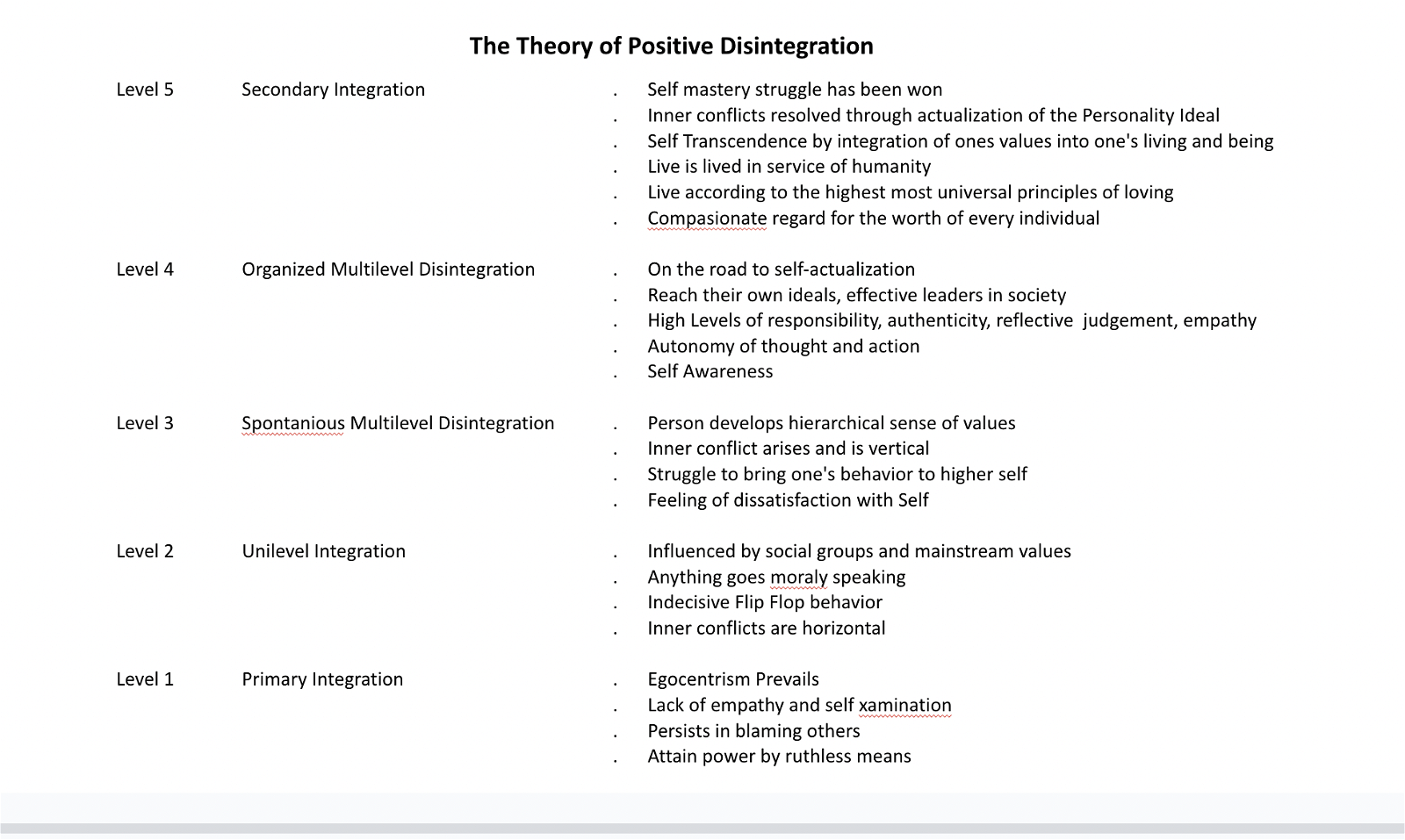The great awakening: moving beyond fear and anxiety to cultural resilience


· 7 min read
Have you been accused of being a doom and gloomer when criticizing solutions or sharing the latest reports on how one or another crisis is worsening? Are you an optimist who only proposes and shares positive news to give people hope? Are you a realist who critiques solutions and exposes the fallacy of some proposals? Or do you do all three? Either way, your audience or even yourself may experience periods of anxiety or despair as the metacrisis intensifies. Many people respond to this by telling you to stop doom scrolling, ignore the bad news, and other pieces of advice which does little to cure anxiety or despair. What happens is that people revert to searching for a desperately needed online dopamine fix after reading some news so they don’t have to think about it anymore and, as such, make the situation worse for themselves when things don’t improve. Or worse, start to engage in narrative warfare.
I propose that we need to understand what despair and anxiety is. How it is created within us, and what we can do to emerge from despair. I propose that recognizing what anxiety is and that going through a process of despair is self-transcending. People like to watch TED talks where people talk about their personal experiences of how they emerged or can emerge from hopeless situations. They advise you to visualize and manifest a better future after suffering. To suffer is to endure. It is neither positive nor negative. Listening to other people does not solve anxiety or despair permanently. At best, it makes you feel positive for a day or so. You must do the work and suffer through it yourself.
However, two dynamics towards despair occur when one gets involved, tries to understand our many crises, and participates in defining our civilizations’ self-induced existential risks and potential solutions. This participation starts with good intentions, such as regeneration or sustainability. The belief that you can help mitigate and adapt to these risks persists until you learn that the root causes of our metacrisis are global, multifaceted, and deeply embedded in our society and economy.
These global self-induced existential risks are increasing, and the likelihood of these risks turning into catastrophic events affecting billions of people is increasing. One could argue that these events are already happening in many parts of our world, which will lead more people to feel anxiety and despair. People don’t wake up from positive news; it risks sleepwalking them into the abyss. For example, the belief that EV batteries, Solar Energy, and A.I. technology will save us in a linear extractive growth economy within our current financial system. Technology is a tool and, like it or not, a weapon; when it is perversely used in an economic, social, and/or environmental context, they are not the solution. At best, these technologies help to delay and give us more time. More time for what? Decarbonization does not solve biodiversity loss, pollution, inequality, hunger, and mental health, i.e., the metacrisis. Many examples show how technological developments have produced damaging unintended consequences and worsened matters in other crises.
Those involved deeply in the metacrisis should expose the underlying risk dynamics causing these crises. To expose them in a non-antagonistic fashion through a process of creating understanding. We urgently need to understand that our crises are nothing more than symptoms of deeper systemic causes. Search for them if you want to know.
Despair Dynamic One starts with good intentions until you reach Mount Stupid, and Dynamic Two is the descent from Mount Stupid to the Valley of Despair. This occurs the more you learn and understand. This is called the Duning-Kruger effect, often used in competence assessments.
Going through a process of despair and trying to understand and work through it helps you emerge, setting you on a path of enlightenment. This curve also, to an extent, applies to people who are currently employed in businesses that are directly destroying our biosphere (Approximately 1/3 of our global workforce, perhaps even 1/2). They may deny it, but deep down, they know that the companies they work for are part of the cause. These people also, deep down, know that they can be part of the solution but are restrained from taking action because of threatening behavior from whoever has authority over them. How do we engage with that workforce? Imagine what their Chief Sustainability Officers have to endure. In business, there is always a trade-off between efficiency and resilience. Efficiency has come at a price that our Biosphere can no longer afford.
These employees become what is known as stuck, which may lead to anxiety. How many people do you know who feel stuck today? It may even be you who is feeling stuck. A feeling that they can’t do anything about it and it is all too much: they fear they would get fired, lose their reputation, or, worse, lose their entire livelihood and put their family at risk. They may even feel attacked by society and seen or worse, get designated as enemies of the planet and civilization. People become fatalistic and proclaim the end of the world is here, and we see another risk emerging from lack of understanding.
To emerge from anxiety, we first have to understand what causes it, and the chart below illustrates the motion of cycling into anxiety and how it reinforces itself inside you. Your mind gets trapped or stuck. This is the disintegration that occurs.
Diagram of the anxiety creation process from John Vervaeke.

So, how can you emerge from despair or anxiety?
Many paths are available. There is a social emergence or re-emergence of various schools of thought worldwide, such as Stoicism, Taoism, and Buddhism. All provide a path of self-transcendence. Some are debating new spiritualism requirements or global mythos. We will encounter new questions about humanity’s purpose and spirituality. Especially in a future where integrated A.G.I., robotics, and biotech machines do all our chores and problem-solving.
When you feel anxiety or despair, it will help to research each of these offered paths and tools and consider whether they suit you. There are many online resources available. YouTube and books on Amazon are filled with renowned experts. If you feel that community and groups can help, seek them out. The power of communal participatory healing can also be a powerful cure for addressing anxiety and or despair. But ultimately, you must do the work yourself.
I chose the path of Positive Disintegration simply because it resonated with me. It was also aligned with what I have learned from my research on the metacrisis. Kazimierz Dabrowski developed the Theory of Positive Disintegration. He was a Polish psychologist, psychiatrist, and physician who was a personal friend of Victor Maslow. Dabrowski conducted a lot of research on patients who experienced a crisis or trauma. His patients were concentration camp survivors, WW2 survivors, and those living under despotic regimes. He studied how they emerged and changed their personas towards behaving in service to their community and humanity in general. When you read the personal histories of some of our most respected inspirational thinkers like Plato, Buddha, Lao Tsu, Martin Luther King, and others, you will find that they also went through a stage of positive disintegration. All were transformed by experiencing traumatic events and emerged on a path of enlightenment. Perhaps it’s time for another period of enlightenment.
Below is an illustration of the five steps involved with positive disintegration.

I found the process of development from Primary Integration to Secondary Integration very helpful in a few ways:
The need for creating resilient communities will increase over the next decade. I propose that businesses look beyond sustainability. Develop or co-develop new purpose-driven business models that embrace the sacredness of all life—experiment with operating within planetary boundaries. We know we need to change. We must emerge, be realistic, address what needs to change, and avoid promoting band-aid solutions that tackle the symptoms while ignoring the underlying causes.
We should prepare for the dramatic societal shifts that will occur over the next ten to thirty years, for they will be profound, and for those who have done the research, we must wake people up to what is happening instead of glossing over our multiple crises with point solutions that will not solve the deep underlying root causes.
We must wake up.
illuminem Voices is a democratic space presenting the thoughts and opinions of leading Sustainability & Energy writers, their opinions do not necessarily represent those of illuminem.
illuminem briefings

Sport · Social Responsibility
illuminem briefings

AI · Green Tech
illuminem briefings

Sustainable Lifestyle · Social Responsibility
Yale Climate Connections

Effects · Climate Change
The Economist

AI · Green Tech
The Independent

AI · Wellbeing